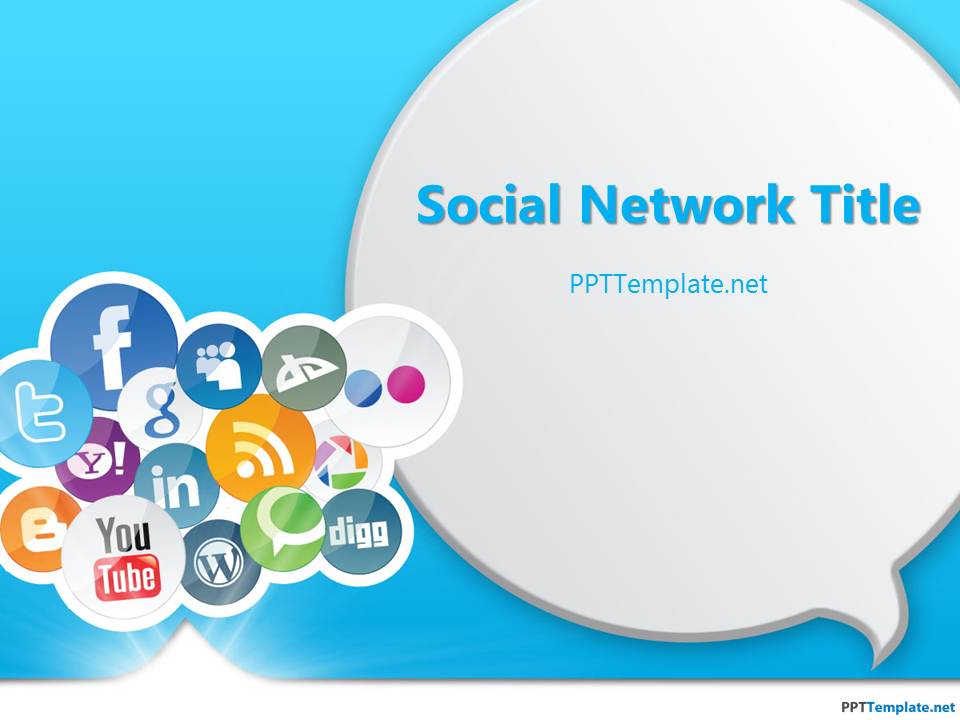
Carpenter, has been using social networking mapping in his classes for the past 15 years. There are a number of possible purposes for a social network. Step One: What Purpose Should the Network Serve? zip file containing this book to use offline, simply click here. You can browse or download additional books there. More information is available on this project's attribution page.įor more information on the source of this book, or why it is available for free, please see the project's home page. Additionally, per the publisher's request, their name has been removed in some passages. However, the publisher has asked for the customary Creative Commons attribution to the original publisher, authors, title, and book URI to be removed. Normally, the author and publisher would be credited here. This content was accessible as of December 29, 2012, and it was downloaded then by Andy Schmitz in an effort to preserve the availability of this book.

See the license for more details, but that basically means you can share this book as long as you credit the author (but see below), don't make money from it, and do make it available to everyone else under the same terms. Image: varchar(100) -> default image is 'account/default/Argunaut.This book is licensed under a Creative Commons by-nc-sa 3.0 license. User_id: int as primary key and foreign key to django auth_user The project requieres the base authentication database structure from django and extends it with the following tables: the_social_network_account with In all requests (except for the request of authentication/register/ or /authentication/login/) you need to send the authentification token inside the header.įor authorization use the header name "Authorization" and the value "Token " Authentication POST url: "./authentication/register/" The default django information page should showup if you open in your browser. Now everything is ready to run django with the-social-network. Url(r'^contents/', include('the_social_')) Url(r'^authentication/', include('the_social_')), Next open the urls.py and add the following lines to your urlpatterns Open the mysite directory and open the settings.py.Īdd 'the_social_network' to INSTALLED_APPS and save the file.

This will create a mysite directory in your current directory. If you not have already created a django python project, create it at first in a new directory with the command You can easily create clones for all popular social networks. The package "The Social Network" is a django base backend core element for any possible social network you can think of.


 0 kommentar(er)
0 kommentar(er)
